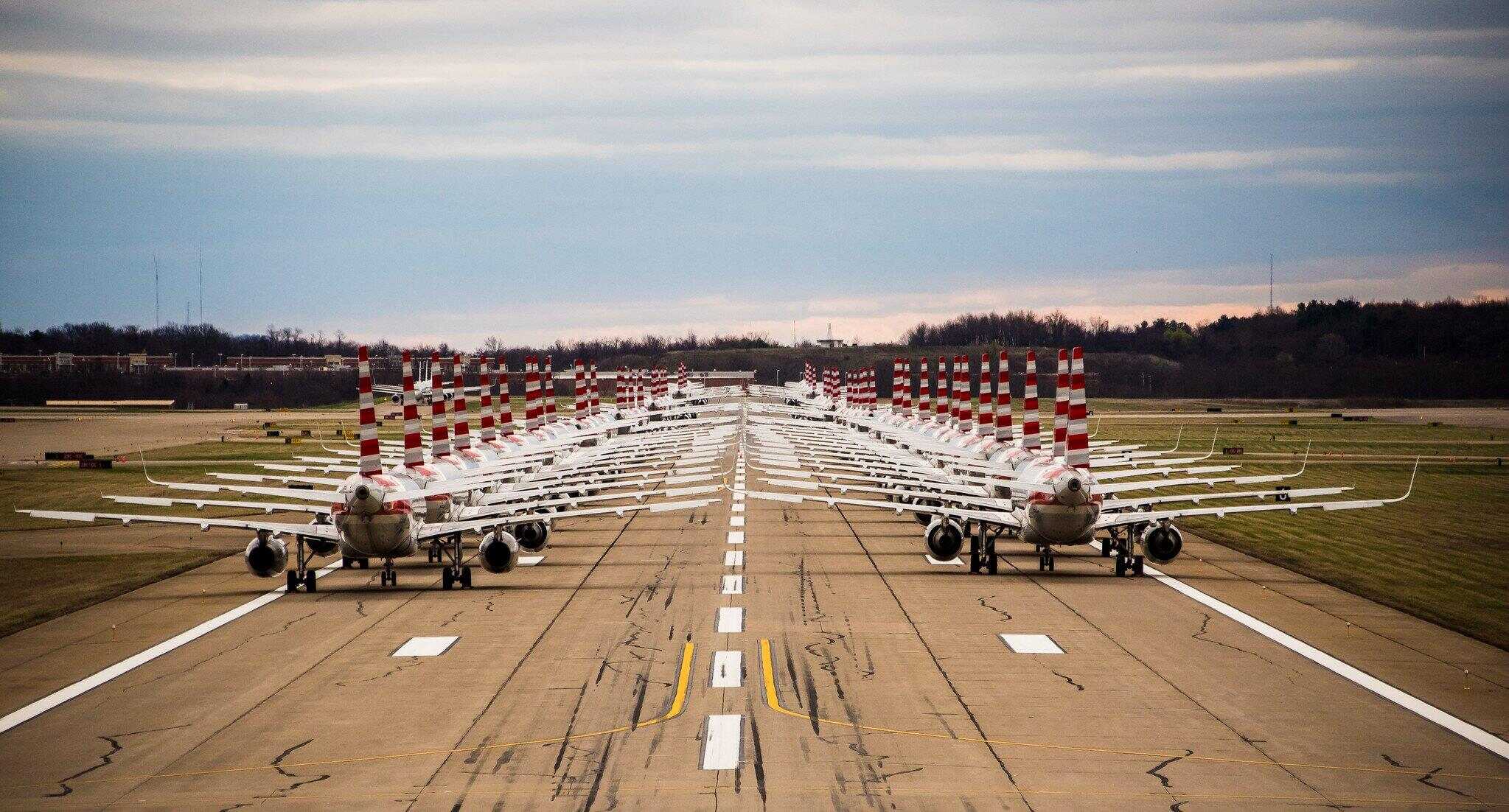
How often do aircraft fly and what factors influence their usage? Aircraft utilization is a fascinating topic that combines technology, economics, and logistics. Commercial planes typically fly 6-8 hours per day, but this can vary widely. Factors like airline schedules, maintenance needs, and weather conditions play significant roles. Cargo planes often have different patterns, sometimes flying longer hours to meet global shipping demands. Military aircraft usage depends on missions and training exercises. Private jets and charter flights offer more flexibility but are influenced by client needs. Understanding these factors helps appreciate the complexity behind every flight. Ready to learn more? Buckle up!
Key Takeaways:
- Aircraft utilization impacts everything from flight efficiency to environmental impact, with factors like maintenance, route demand, and airline strategies playing crucial roles.
- Advancements in technology and future trends, such as electric aircraft, are shaping the future of aircraft utilization, influencing everything from fuel efficiency to ticket prices.
Aircraft Utilization: A Closer Look
Aircraft utilization refers to how efficiently an aircraft is used in terms of flight hours, cycles, and routes. Understanding this can reveal fascinating insights into aviation operations.
-
Commercial aircraft typically fly around 8-12 hours a day. Airlines aim to maximize flight hours to ensure profitability and efficiency.
-
Short-haul flights have more takeoffs and landings. These flights often have higher wear and tear due to frequent cycles.
-
Long-haul flights maximize air time. These flights reduce the number of takeoffs and landings, extending the aircraft's lifespan.
Factors Influencing Aircraft Utilization
Several factors impact how often and efficiently an aircraft is used. These include maintenance schedules, route demand, and airline strategies.
-
Maintenance schedules are crucial. Regular checks and repairs ensure safety but can reduce available flight hours.
-
Route demand affects utilization. Popular routes see higher aircraft usage, while less popular routes may have fewer flights.
-
Airline strategies vary. Some airlines focus on high-frequency short routes, while others prioritize long-haul flights.
Technological Advancements in Aircraft Utilization
Technology plays a significant role in improving aircraft efficiency and utilization. Innovations in design, materials, and systems contribute to better performance.
-
Modern aircraft are more fuel-efficient. Advances in engine technology reduce fuel consumption, allowing longer flights.
-
Composite materials enhance durability. New materials make aircraft lighter and more resistant to wear and tear.
-
Advanced avionics improve navigation. Better navigation systems enable more efficient flight paths and reduced delays.
Environmental Impact of Aircraft Utilization
The aviation industry is under pressure to reduce its environmental footprint. Efficient aircraft utilization can help mitigate some of these impacts.
-
Fuel efficiency reduces emissions. More efficient aircraft produce fewer greenhouse gases per flight.
-
Optimized flight paths save fuel. Better route planning minimizes fuel consumption and emissions.
-
Newer aircraft are quieter. Advances in engine technology reduce noise pollution around airports.
Economic Aspects of Aircraft Utilization
Efficient aircraft utilization is vital for the financial health of airlines. It affects operating costs, ticket prices, and overall profitability.
-
Higher utilization lowers costs. More flight hours spread fixed costs over more flights, reducing per-flight expenses.
-
Ticket prices reflect utilization. Efficiently used aircraft can lead to more competitive ticket pricing for passengers.
-
Profitability hinges on utilization. Airlines with high aircraft utilization often see better financial performance.
Future Trends in Aircraft Utilization
The aviation industry continues to evolve, with new trends shaping how aircraft are used. These trends include advancements in technology, changing passenger preferences, and regulatory changes.
- Electric aircraft are on the horizon. Emerging technologies promise more sustainable and efficient air travel in the future.
Final Thoughts on Aircraft Utilization
Aircraft utilization is a fascinating topic. From the number of flights an aircraft can handle daily to the maintenance schedules that keep them in the sky, there's a lot going on behind the scenes. Fuel efficiency and route planning are crucial for airlines to stay profitable. Technological advancements have made modern aircraft more reliable and efficient. Pilot training and crew management also play significant roles in ensuring smooth operations. Understanding these aspects gives us a deeper appreciation for the complexity and precision involved in air travel. Next time you board a plane, you'll know a bit more about what keeps it flying safely and efficiently. Keep these facts in mind, and you'll see air travel in a whole new light. Safe travels!
Frequently Asked Questions
Was this page helpful?
Our commitment to delivering trustworthy and engaging content is at the heart of what we do. Each fact on our site is contributed by real users like you, bringing a wealth of diverse insights and information. To ensure the highest standards of accuracy and reliability, our dedicated editors meticulously review each submission. This process guarantees that the facts we share are not only fascinating but also credible. Trust in our commitment to quality and authenticity as you explore and learn with us.


